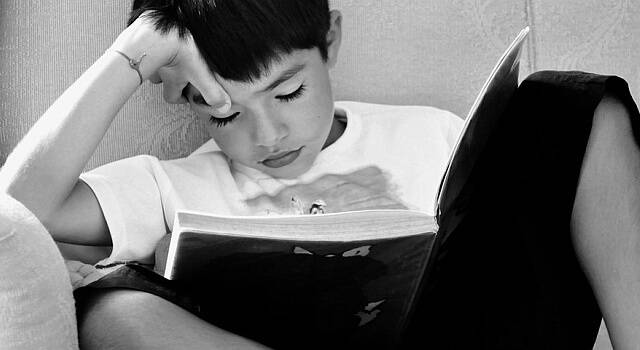It makes sense that vision problems can cause many of the same symptoms as dyslexia. Tracking problems can affect word recognition, visual memory issues can affect spelling, and visual motor problems can even impact writing. This is why it’s so important to have a child tested for all areas of visual function when considering dyslexia testing.
Many children with dyslexia are good at sports and show good hand-eye coordination. This often gives a false sense of confidence that vision is ok. This is because eye tracking while reading is a different visual ability than eye tracking and depth perception while playing sports.
Vision Testing and Dyslexia
You’re probably familiar with eye exams that look at your prescription, how clearly you can see and the health of your eye. If there are concerns about dyslexia or other learning disabilities, it is important that vision testing looks at how the eyes track, work together, and how vision is processed.
Understanding the Connection Between Dyslexia and Vision ProblemsThe Exam
A Neuro-visual exam will look at how the eyes and brain work together. This involves eye tracking, how the eyes work together, and how vision is processed. Computerized eye tracking and other testing is used to separate eye tracking from language processing. A critical part of determining what is visual vs. what is dyslexia.
Is it a Vision Problem or Dyslexia?
When your child is tested, there are 3 different outcomes:
- All visual skills are normal, and vision is not part of the problem (uncommon)
- Vision is a part of the problem. Once treated, your child performs significantly better, but they still have true dyslexia.
- Vision turns out to be the entire problem. Once treated, and given ample opportunity to re-learn the material they missed over the years, your child catches up and doesn’t display any symptoms of dyslexia (most common).
Conclusion
If your child is struggling with dyslexia, learning to read, or another learning disability, it is critical that you have their visual function tested. This means eye tracking, binocular function (how the eyes work together), and visual processing.
